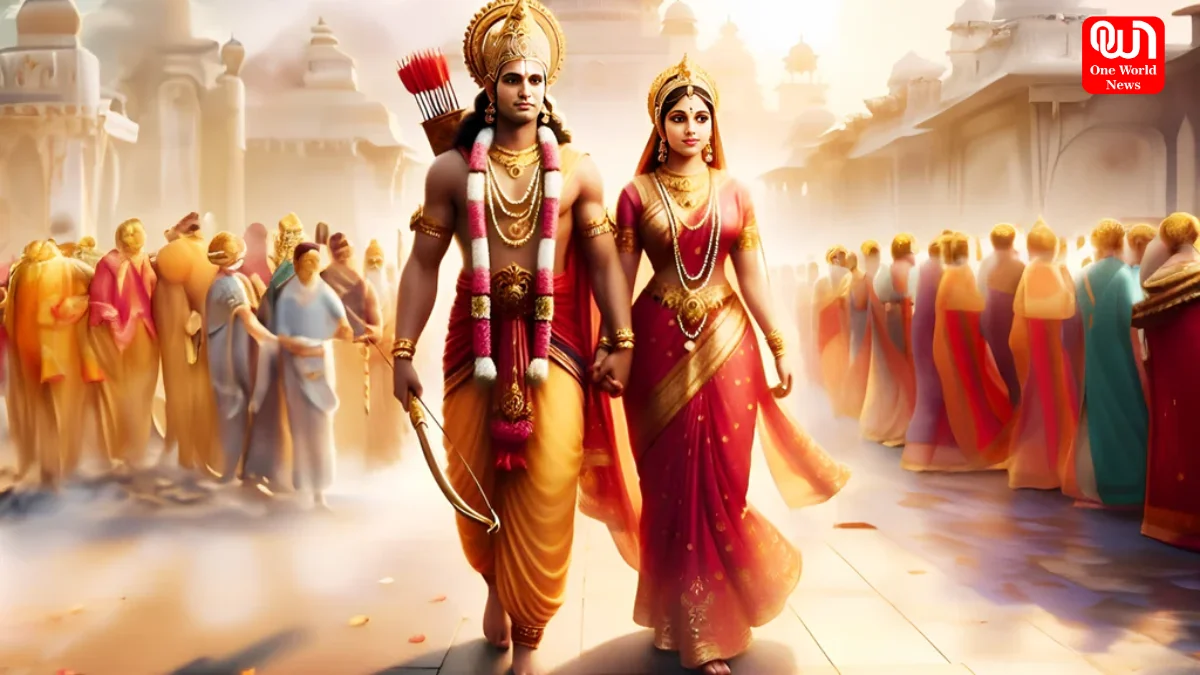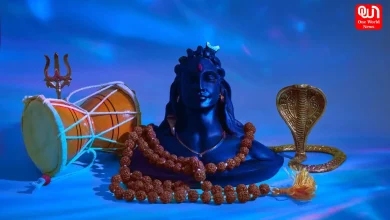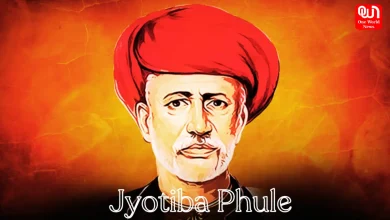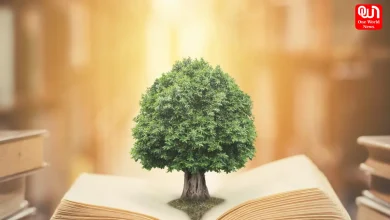The Story Behind Diwali: Diwali Myths, History & Significance
Discover the fascinating Diwali myths, history & significance, from epic tales to cultural traditions, illuminating the festival of lights.
Exploring the Story Behind Diwali: Diwali Myths, History & Significance Explained
Understanding Diwali: A Festival of Lights
Diwali, often referred to as the Festival of Lights, is one of the most celebrated festivals in India and among Hindus worldwide. It symbolizes the victory of light over darkness, knowledge over ignorance, and good over evil. People decorate their homes with lamps, candles, and rangoli, exchange gifts, and enjoy feasts with family and friends. But beyond the celebrations, Diwali carries rich myths, historical narratives, and deep cultural significance that vary across regions.
Diwali Myths: Tales from Indian Epics
Diwali is steeped in mythology, and several legends explain its origin. One of the most popular stories is from the Ramayana. According to this epic, Lord Rama, the seventh incarnation of Lord Vishnu, returned to Ayodhya after 14 years of exile and after defeating the demon king Ravana. To celebrate his victorious return, the people of Ayodhya lit rows of oil lamps, marking the first Diwali celebration.
Another widely known legend comes from the Mahabharata, involving the worship of Lord Krishna. It is said that Diwali commemorates Krishna’s triumph over the demon Narakasura, symbolizing the victory of good over evil. Different regions in India may focus on distinct mythological events, but the essence of celebrating light, victory, and righteousness remains central.
Read more: Celebrating World Students Day: Honoring the Spirit of Learning and Growth
Historical Context of Diwali
While Diwali is predominantly associated with Hindu mythology, it also has historical roots that date back centuries. Archaeological findings suggest that ancient Indian civilizations celebrated festivals of light during harvest seasons and lunar cycles. These celebrations were closely tied to agrarian society, marking the end of the harvest season and the beginning of a new financial year for traders.
Over time, Diwali evolved into a pan-Indian festival celebrated by various communities, including Sikhs, Jains, and Buddhists, each adding their historical and spiritual dimensions. For instance, Sikhs celebrate Bandi Chhor Divas during Diwali, commemorating Guru Hargobind Ji’s release from imprisonment. Jains honor Lord Mahavira’s attainment of nirvana, while some Buddhist communities in India celebrate it as a day of lights and prosperity.
Read more: Celebrating Abdul Kalam Birthday: The Life and Legacy of India’s Missile Man
The Spiritual Significance of Diwali
Beyond mythology and history, Diwali holds profound spiritual significance. It represents the victory of inner light over darkness. Lighting lamps and candles during Diwali is symbolic of dispelling ignorance and embracing knowledge, wisdom, and positivity. It is also a time for introspection, self-improvement, and renewing bonds with family and society.
Diwali rituals often include prayers to Goddess Lakshmi, the goddess of wealth and prosperity. Homes are cleaned and decorated to welcome her blessings. Many also worship Lord Ganesha for wisdom and success. The festival thus embodies spiritual growth, prosperity, and harmony in life.
Regional Variations in Diwali Celebrations
Although Diwali is celebrated across India, traditions differ regionally, reflecting diverse cultural narratives. In North India, the emphasis is largely on Lord Rama’s return and the lighting of diyas. In South India, the focus is on Krishna’s victory over Narakasura, and people celebrate by bursting crackers and early morning oil baths.
In Western India, Diwali coincides with the start of the new financial year, and business communities perform Lakshmi Puja to seek success and prosperity. Eastern India, particularly West Bengal, celebrates Kali Puja alongside Diwali, venerating Goddess Kali with elaborate rituals. These regional variations enrich Diwali’s historical and cultural significance while maintaining the core theme of triumph, light, and renewal.
Modern-Day Celebrations and Cultural Impact
Today, Diwali has transcended its religious origins to become a cultural phenomenon celebrated globally. Urban households blend traditional rituals with modern festivities, including fireworks, family gatherings, gift exchanges, and community events. Schools, offices, and public spaces organize Diwali events, promoting unity, joy, and cultural heritage.
The festival has also impacted the economy, as millions of people purchase gifts, sweets, clothes, and decorative items. Businesses thrive, making Diwali an essential period for commercial growth in India. Its significance in social and economic contexts highlights how ancient myths and historical practices continue to shape contemporary life.
Conclusion: The Essence of Diwali
The story behind Diwali combines rich myths, historical traditions, and spiritual values that have endured for centuries. It is a celebration of light over darkness, good over evil, and knowledge over ignorance. By exploring the Diwali myths, history & significance, we gain a deeper understanding of why this festival is cherished across India and beyond. Ultimately, Diwali inspires joy, hope, and renewal, reminding us to illuminate both our homes and our hearts.
We’re now on WhatsApp. Click to join.
Like this post?
Register at One World News to never miss out on videos, celeb interviews, and best reads.








